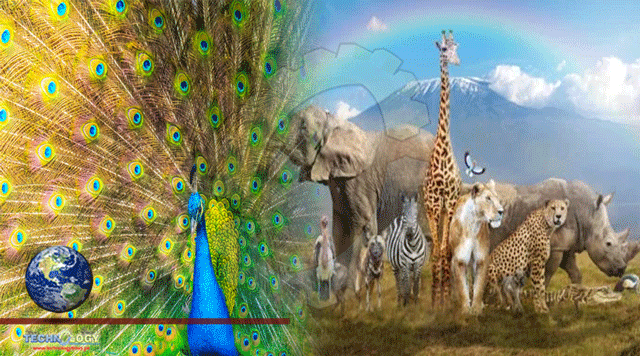Results published in the journal Communications Biology, demonstrate that both urbanization and temperature influence mammalian body size variation.

A research team led by Florida Museum of Natural History scientists has compiled 140,499 body size records of over 100 North American mammals to test how climate and human population density, a proxy for urbanization, and their interactions with species traits, impact body size. Their results, published in the journal Communications Biology, demonstrate that both urbanization and temperature influence mammalian body size variation.
Buildings and roads trap and re-emit a greater degree of heat than green landscapes, causing cities to have higher temperatures than their surroundings, a phenomenon known as the urban heat island effect.
Animals in warmer climates tend to be smaller than the same species in colder environments, a classic biological principle called Bergmann’s rule.
But Florida Museum of Natural History researcher Maggie Hantak and colleagues discovered an unexpected pattern: city-dwelling mammals are both longer and heftier than their rural counterparts.
“In theory, animals in cities should be getting smaller because of these heat island effects, but we didn’t find evidence for this happening in mammals,” Dr. Hantak said.
“This paper is a good argument for why we can’t assume Bergmann’s rule or climate alone is important in determining the size of animals.”
The researchers created a model that examined how climate and the density of people living in a given area influence the size of mammals.
As temperatures dropped, both body length and mass increased in most mammal species studied, evidence of Bergmann’s rule at work, but the trend was stronger in areas with more people.
“Surprisingly, mammals in cities generally grew larger regardless of temperature, suggesting urbanization rivals or exceeds climate in driving mammal body size,” said Dr. Robert Guralnick, also from the Florida Museum of Natural History.
They hope their findings will lead more scientists to add urbanization to their analyses of changing body size.
“When we think about what’s going to happen to mammalian body size over the next 100 years, a lot of people frame that as global warming causing animals to get smaller,” Dr. Guralnick said.
“What if that isn’t the biggest effect? What if it’s that urbanization is going to lead to fatter mammals?”
“Not all animals respond to human-induced environmental changes in the same way,” Dr. Hantak said.
The authors also investigated how the effects of climate and urbanization may be tempered or amplified by the behavior and habits of certain species.
They found animals that use hibernation or torpor, a temporary way of slowing metabolic rate and dropping body temperature, shrank more dramatically in response to increases in temperature than animals without these traits.
“The finding could have important implications for conservation efforts,” Dr. Hantak said.
“We thought species that use torpor or hibernation would be able to hide from the effects of unfavorable temperatures, but it seems they’re actually more sensitive.”
“While cities radically transform the landscape, they provide animals with new opportunities as well as threats,” Dr. Guralnick said.
originally by Sci News